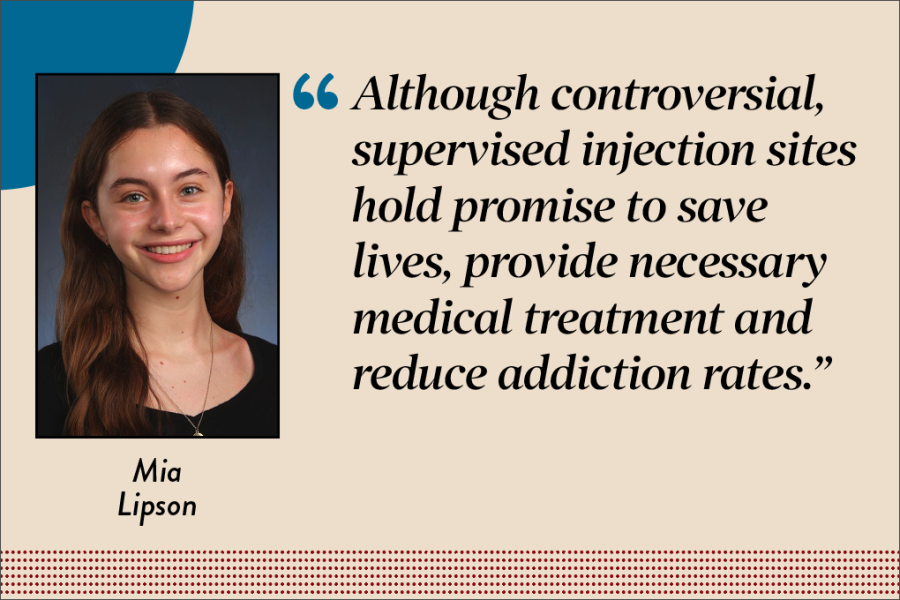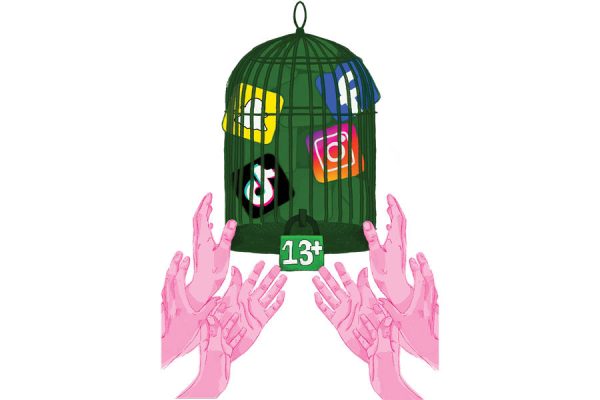Setting up supervised injection sites would save lives
Midway Staff
Supervised injection sites provide more direct care to individuals. Employees or volunteers of such organizations are competent in administering substances in a safer manner than would be possible without their assistance.
November 11, 2022
In August, California Gov. Gavin Newsom vetoed a bill that would have allowed Los Angeles, Oakland and San Francisco to open supervised drug injection sites. The pilot program would have provided people with a safe, supervised, hygienic environment for people dealing with drug addictions to partake in illegal drugs.
Although controversial, supervised injection sites hold promise to save lives, provide necessary medical treatment and reduce addiction rates. In light of the massive public health crisis, they represent a progressive way to intervene and deserve to be implemented in Chicago as a step to combat the deaths caused by overdose.
Critics of supervised injection sites argue they promote illegal drug use. However, the absence of these sites does not diminish the number of people using such substances. Providing a sterile, supervised space for users will reduce the risk of death by overdose and disease caused by shared needles.
How these sites impact the rate of addiction or promote overall drug use remains to be seen. However, while these aspects merit further study, they are secondary outcomes. The primary impact of these sites is to save lives, a task they have already begun to accomplish. In the two sites that have opened in the country, located in the New York neighborhoods of Washington Heights and East Harlem, 114 total drug overdoses were averted in the two months following their opening. In this limited yet effective test case, the key goal of saving lives has already been attained.
Similar harm reduction strategies have existed across the country for many years. Needle exchange sites provide sterile supplies, safe disposal of previously used sharps and assistance in administering tests to look for contaminants such as fentanyl. The Department of Health began a pilot program for these sites in 1989, as the AIDS crisis progressed and one in two drug users in New York City were testing HIV-positive. While originally unprecedented and controversial, these needle exchanges have proven invaluable, and they have contributed to reducing the spread of diseases such as HIV and Hepatitis B and C.
Yet while the contribution of needle exchanges is immense, their impact is still somewhat limited, as they provide immediate assistance in the event of overdose. On the other hand, supervised injection sites provide more direct care to individuals. Employees or volunteers of such organizations are competent in administering naloxone, a medicine used to reverse an opioid overdose. While syringe exchange programs can provide overdose reduction materials, having a trained individual present to administer such medicine is a more reliable strategy to reduce the risk of fatalities.
Members of the Institute for Clinical and Economic Review, the ICER, concluded that in addition to saving lives by preventing overdoses, supervised injection sites are also more cost-effective than syringe exchange sites.
As deaths continue to rise, measures to combat the opioid crisis have proven to be necessary. These sites deserve to be tested in a limited, trial program to view their efficacy. The need for action is prevalent, yet the delay to implement these sites presents a symbol of American inertia, one that will continue to cause more lives lost.




















